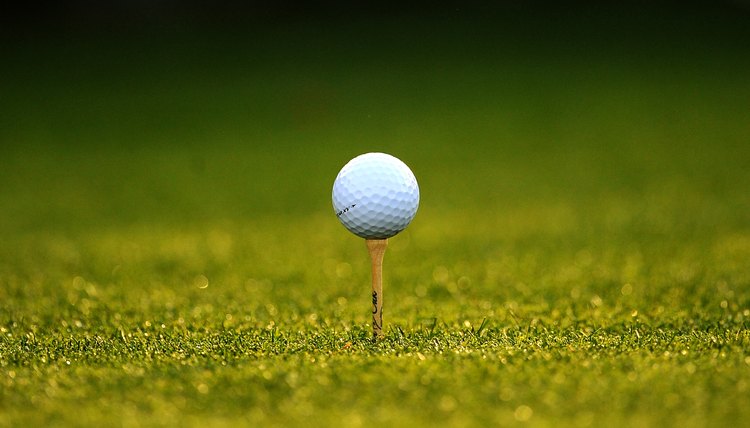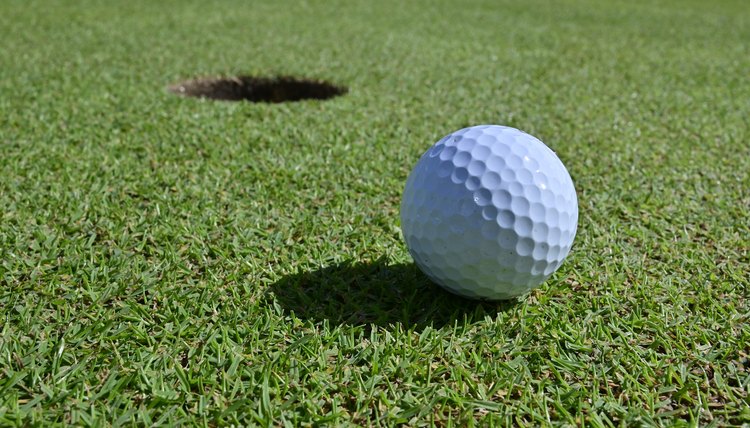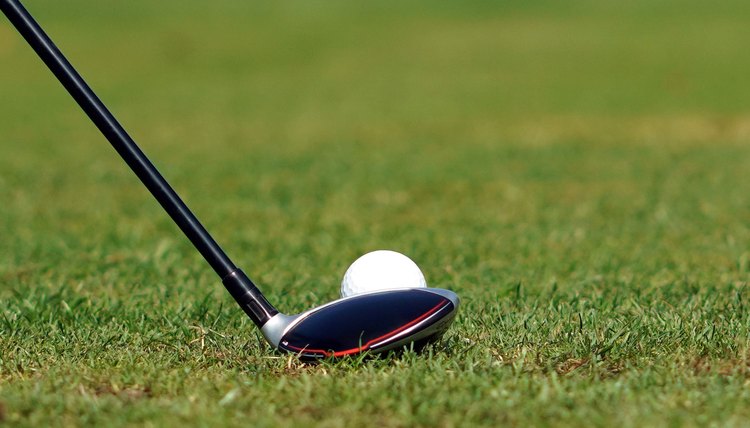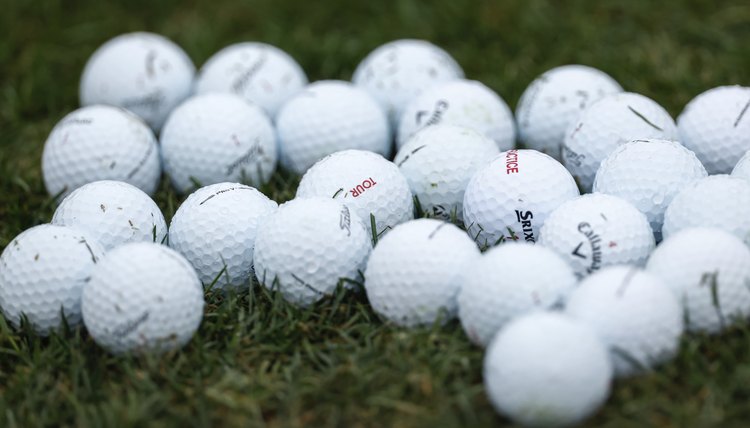What Is Inside a Golf Ball?

As much as technology has improved the golf ball’s cover – using new dimple patterns to help the ball fly farther and straighter off of the golf club and down the fairway of the golf course – golf ball manufacturers and engineers have also improved the ball’s interior.
Beneath the cover, the ever-changing modern golf ball features a variety of different materials and structures designed for players of different levels, from beginners to professionals, and aims to optimize ball flight and create the best golf balls for PGA Tour tournaments and matches.

Core
Cheap, one-piece driving range balls are made of the same material – generally surlyn – both inside of a golf ball and on its outer cover. Other than that, all types of golf balls have a separate core beneath the cover, while some feature multiple internal layers. Liquid inner cores were once common in three-piece golf balls, but are less so today. Contrary to golf folklore, the liquid cores aren’t dangerous.
Titleist, for example, has used a salt water and corn syrup blend. Today’s core is generally made from synthetic rubber -- which may be mixed with bits of metal, such as tungsten or titanium -- or a plastic-like material such as acrylate. Some Callaway and Titleist balls, for example, use polybutadiene – a synthetic rubber – in the core. A recent Nike four-piece ball features a resin-like material the company refers to as RZN in the core.

Make Up of Inner Layers
Three-piece balls used to feature rubber threads or elastic wound tightly around the core.
The cores of today’s balls are generally wrapped with synthetic rubber or plastic. Some Titleist balls, for example, use thermoplastic resins called ionomers. Nike surrounds its resin-center ball with synthetic rubber. Other balls are referred to as “dual core” because the core and the next layer or layers are all made of synthetic rubber.
As of 2012, the most complex new balls contain five pieces, including the cover. TaylorMade produced the first five-piece ball, containing a small, solid rubber core surrounded by three progressively firmer layers made from synthetic rubber, HPF 1000 (an ionomer resin) and thermoplastic, respectively.

Weight and Size
According to USGA regulations, a golf ball must weigh 1.62 ounces or less. There is no minimum weight.
The ball’s diameter cannot be less than 1.68 inches. There is no maximum size regulation, though obviously a larger ball will be disadvantageous on the putting green.
Which Ball to Use
A ball’s internal construction is a key factor that determines which ball a golfer should choose. One-piece balls are strictly for practice.
Average golfers are generally fine with two-piece balls, which are durable and will roll farther than multilayered balls.
Balls of three or more pieces – which also feature softer covers – are generally for advanced players. They’re lighter and easier to achieve a higher spin rate, allowing pros and low-handicappers to use the ball’s spin and stop it on the green, for example.
Writer Bio
M.L. Rose has worked as a print and online journalist for more than 20 years. He has contributed to a variety of national and local publications, specializing in sports writing. Rose holds a B.A. in communications.
